Survival isn’t always about strength or size.

Sometimes it’s about enduring what most creatures—and humans—simply couldn’t. Extreme heat, intense cold, crushing pressure, toxic environments, total darkness—there are animals that don’t just survive these conditions, but thrive in them.
These are the biological marvels that have pushed evolution to its limits. They don’t live in comfort; they live at the very edge of what’s possible. Here are some of the most extraordinary animals that have survived the most extreme conditions on Earth, and how they do it.
Sahara silver ants
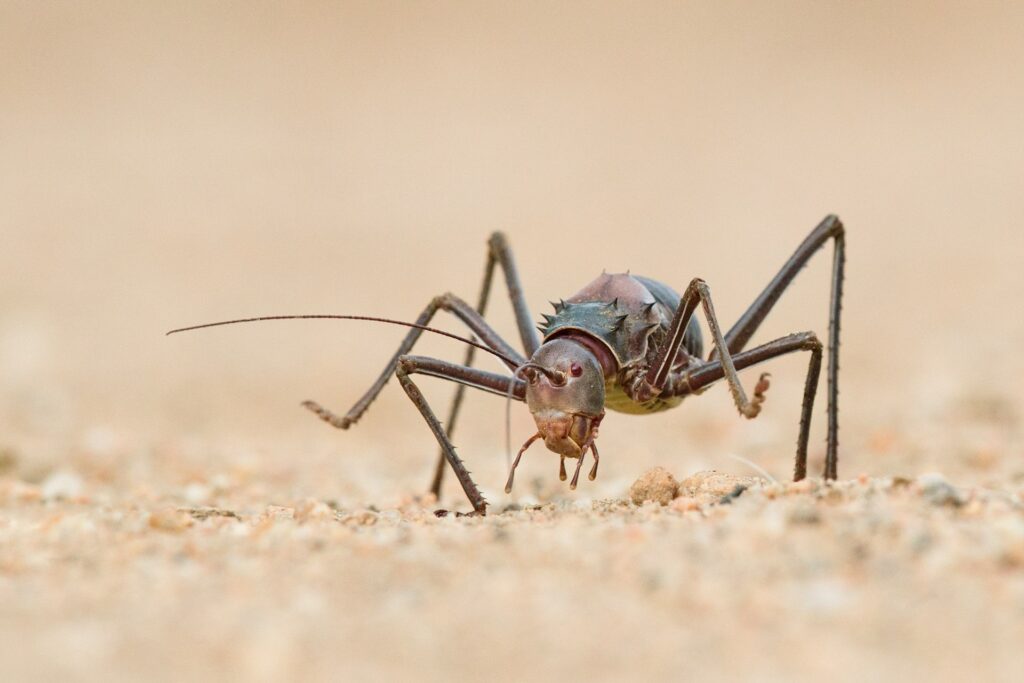
In the scorching heat of the Sahara Desert, silver ants have a tiny window of time—just minutes each day—when it’s safe enough to leave their nests and search for food. Surface temperatures can reach over 60 °C. These ants have adapted with heat-reflective hairs and long legs that keep their bodies away from the hot sand. They also move extremely fast, one of the fastest movements in the ant world, to minimise exposure and grab food before retreating.
Himalayan jumping spiders
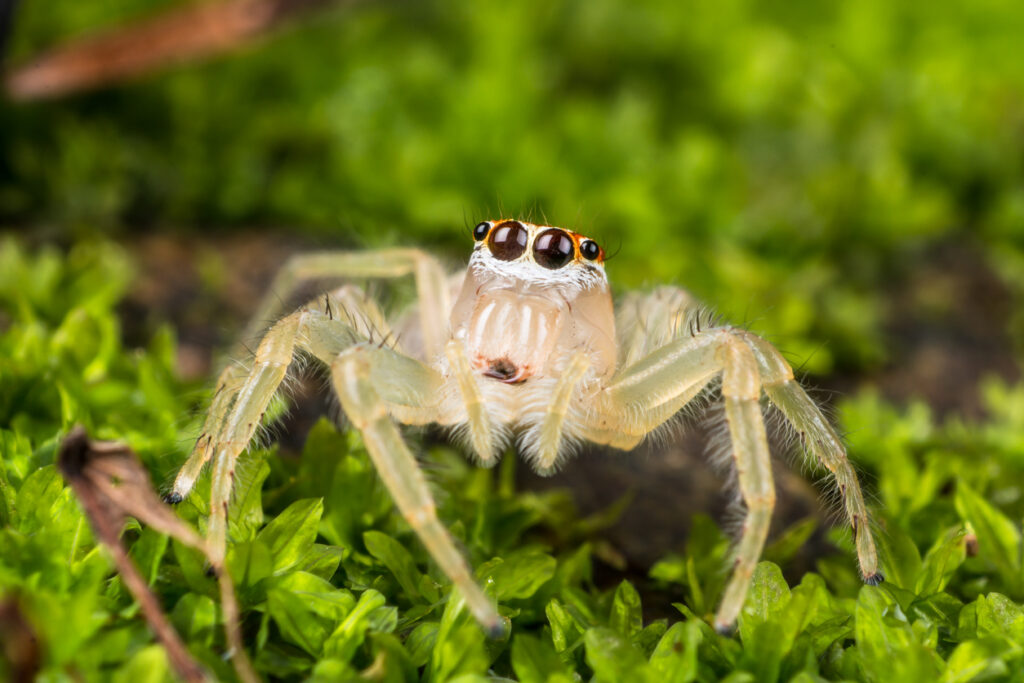
These tiny spiders live at some of the highest altitudes recorded for any permanent animal residents—up to 6,700 metres on the slopes of Everest. With almost no vegetation, freezing temperatures, and little oxygen, these spiders survive by hunting windblown insects and sheltering in cracks between rocks. Their small size helps minimise energy needs, and their resilience is unmatched.
Olms
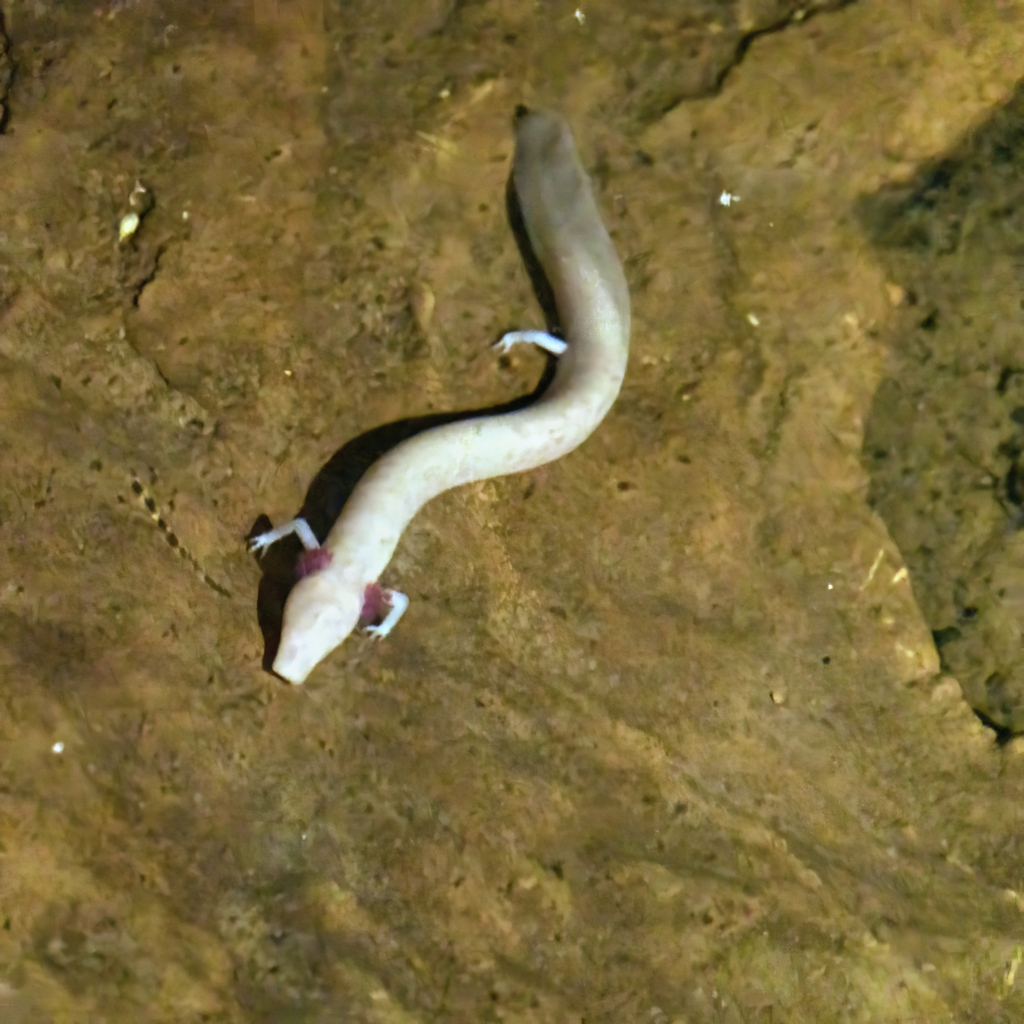
Living in the underground caves of the Balkans, olms are blind salamanders that have evolved to survive total darkness, low food availability, and limited oxygen. They can live over 100 years and go without food for a decade. Their metabolism is so slow that they barely move for long periods. These adaptations help them survive in isolated freshwater systems that most animals couldn’t last a week in.
Antarctic krill
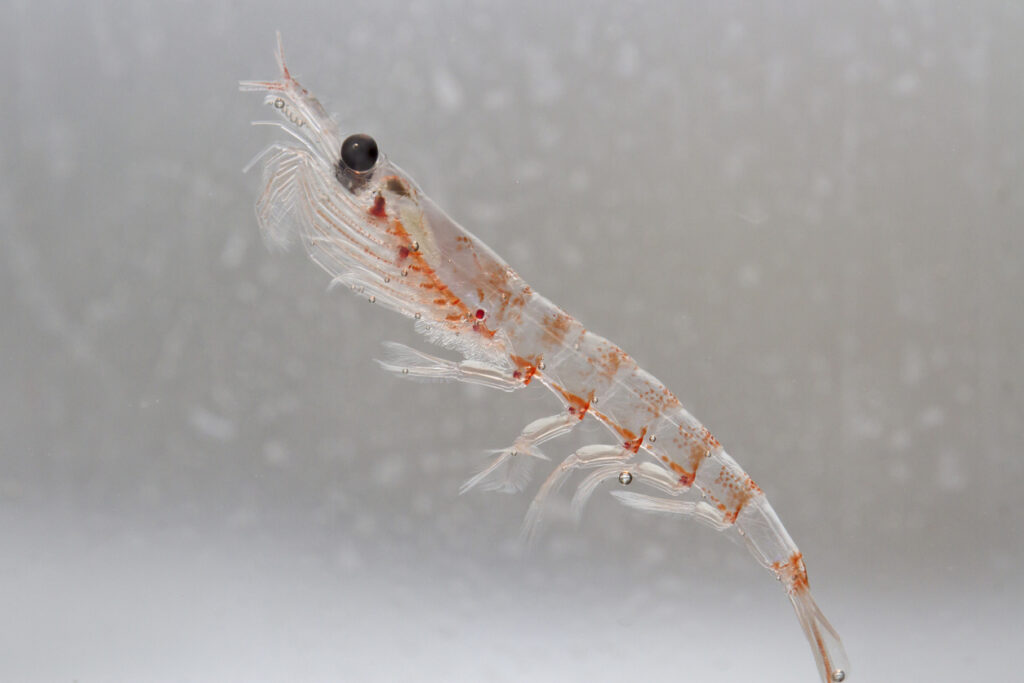
These tiny crustaceans live in the frigid Southern Ocean and are crucial to the Antarctic food web. During the long winter months, when food is scarce and the sea is frozen over, krill survive by shrinking their bodies and slowing their metabolism. Some even feed on the algae that grows beneath sea ice. Their ability to adapt to such extremes is why whales, seals, and penguins rely on them to survive the harsh Antarctic winter.
Brine shrimp
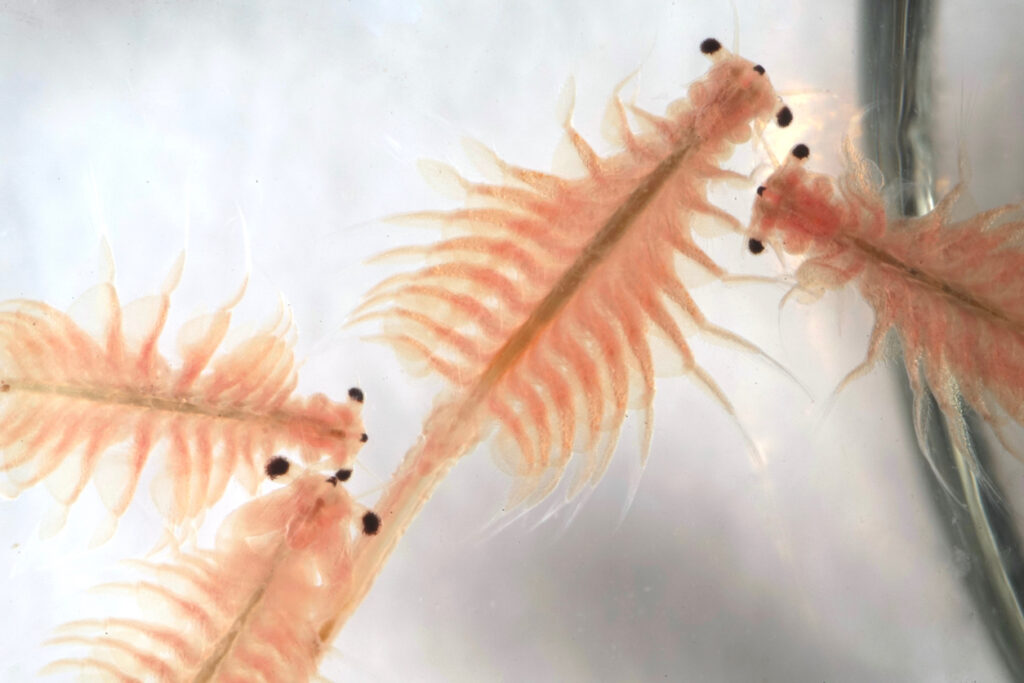
Also known as sea monkeys, brine shrimp live in salty environments like salt lakes and brine pools. They produce dormant cysts—tiny, hard-shelled eggs—that can survive without water or oxygen for years. These cysts can withstand boiling, freezing, and extreme dryness. When rehydrated, they hatch and start the cycle again. It’s a brilliant solution to unpredictable environments.
Weta

The alpine weta, found in New Zealand’s Southern Alps, can survive being completely frozen for days at a time. Its body shuts down, its heart stops, and ice forms inside its tissues. When temperatures rise, it thaws out and comes back to life. This is possible thanks to special proteins that prevent ice damage inside its cells, which is a rare trick in the insect world.
Flamingos

Lakes like Natron in Tanzania are caustic, hot, and salty, but lesser flamingos breed and feed there. The water’s high pH and salt content would kill most animals, but flamingos have adapted to survive. Their tough skin and specialised feeding behaviour let them thrive where nothing else can. These extreme lakes also protect them from predators that can’t handle the environment.
Deep-sea amphipods
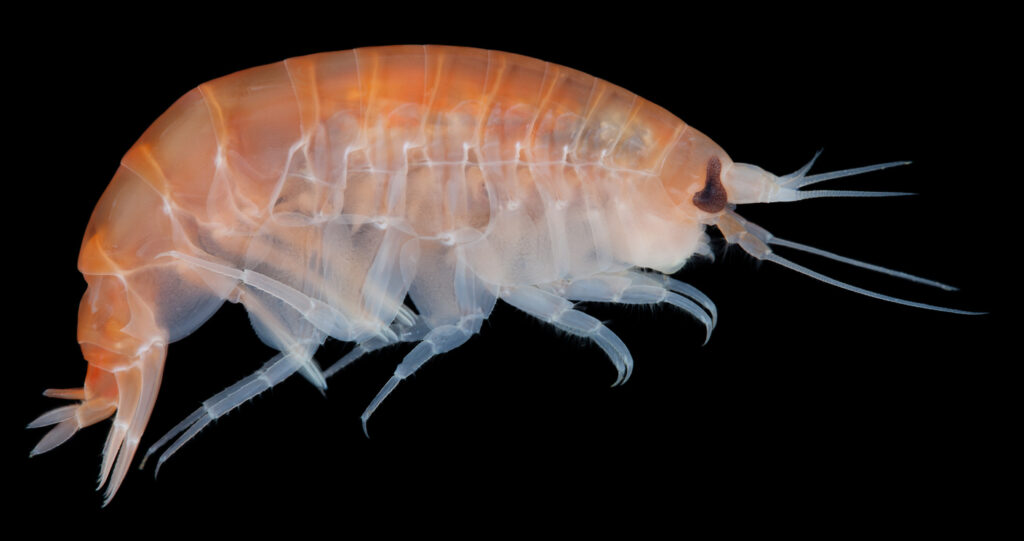
Amphipods living in the Mariana Trench survive under more pressure than any human-built submarine can endure. Their bodies are soft and gelatinous, allowing them to withstand extreme compression. They’ve also been found to ingest microplastics, a sad sign of how deep human pollution has reached. But their survival in such a hostile environment is still a testament to nature’s ingenuity.
Rotifers
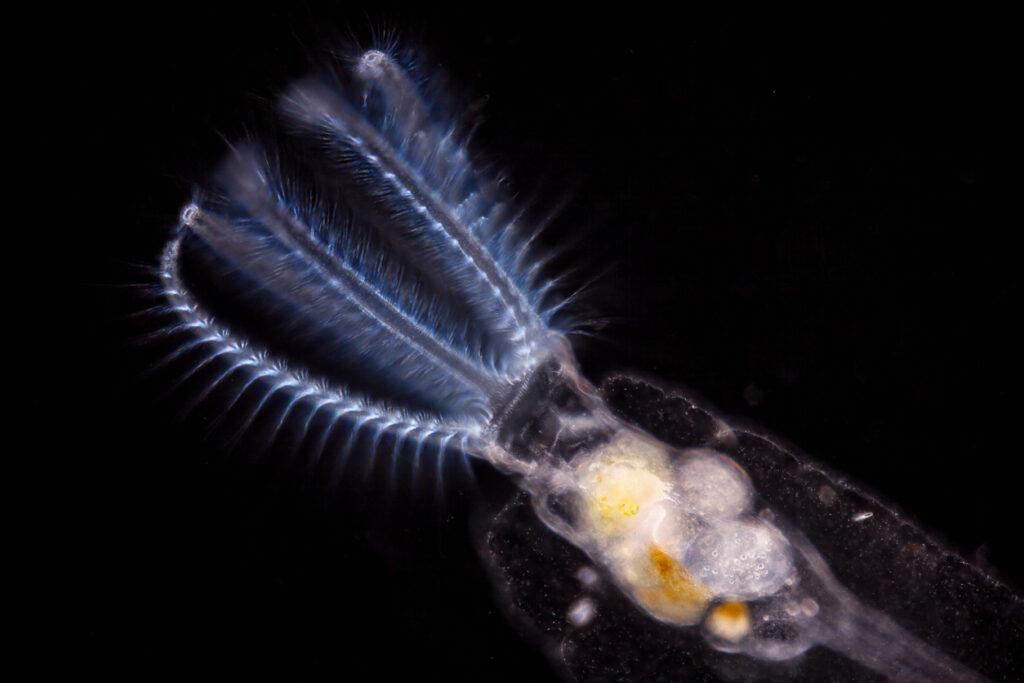
Rotifers are microscopic aquatic animals that can survive freezing, radiation, and dehydration. Like some other microscopic organisms, they enter a suspended state known as cryptobiosis. They’ve been revived after tens of thousands of years in Siberian permafrost. When conditions improve, they simply wake up and continue life as normal. It’s not just survival; it’s time travel.
Mangrove rivulus
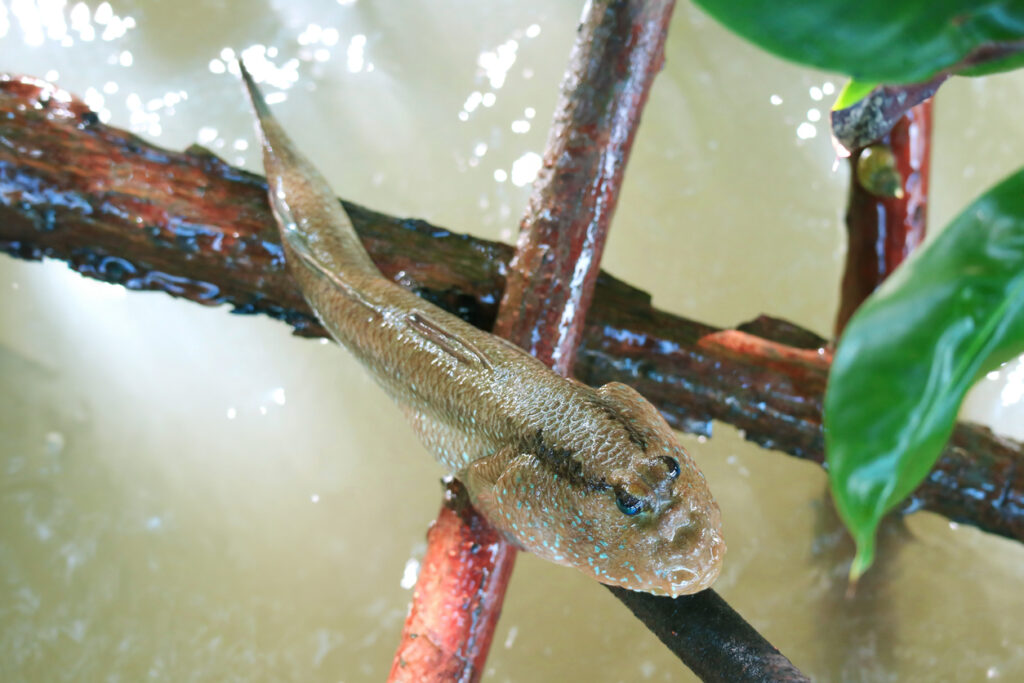
This small fish can survive out of water for up to two months by breathing through its skin and living inside decaying logs or leaf litter. Found in mangrove swamps from Florida to Brazil, the mangrove rivulus has a unique ability to tolerate both salt and fresh water, and the absence of water altogether. It also reproduces through self-fertilisation, meaning it can repopulate from a single individual. In unstable environments, that’s a rare and valuable trick.
Yeti crabs
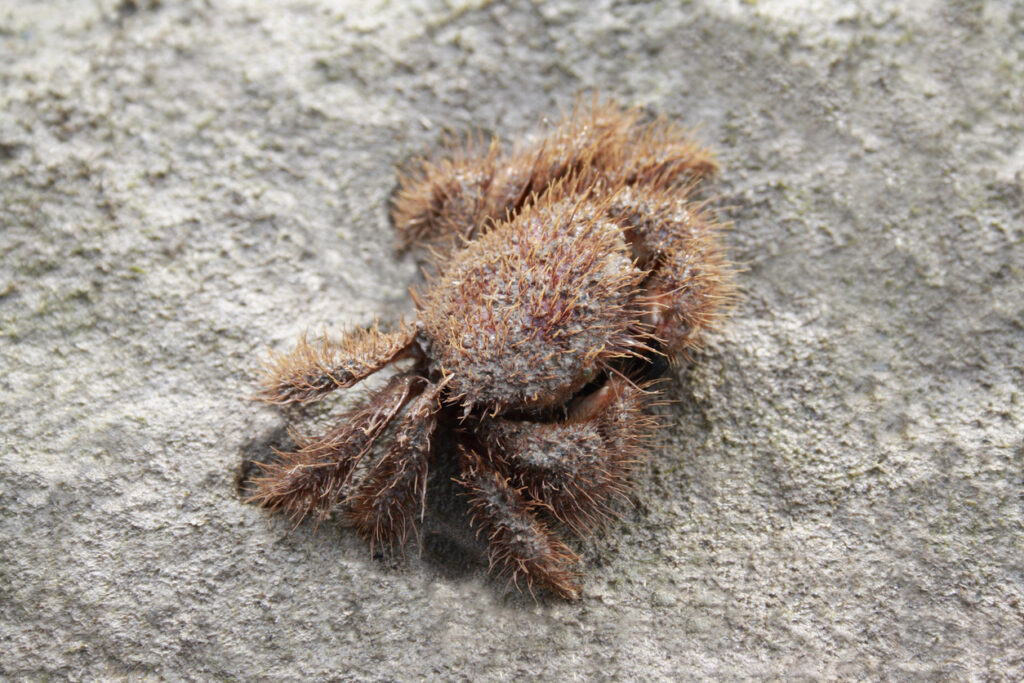
Living on hydrothermal vents in the South Pacific, yeti crabs thrive in deep-sea environments where few creatures can survive. They’re covered in white bristles, which aren’t just for show. In fact, they host bacteria that detoxify the water around the crabs and provide a food source. They wave their hairy arms in the mineral-rich vent water, farming bacteria on their own bodies. It’s a bizarre but effective system that allows them to live on the edges of undersea volcanoes.
Survival on the edge

These animals aren’t just interesting, they’re reminders that life is far more adaptable than we often give it credit for. Evolution doesn’t just create beauty; it creates resilience. While we live in climate-controlled spaces and worry about minor discomforts, these creatures are busy surviving against all odds. They’ve adapted to places where most life would instantly shut down. And in doing so, they show us what biology is capable of.
Extreme environments aren’t lifeless; they’re full of surprises. And the more we study these animals, the more we understand about endurance, adaptation, and life itself.